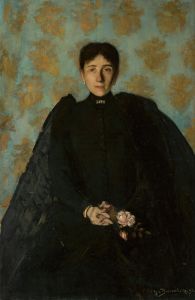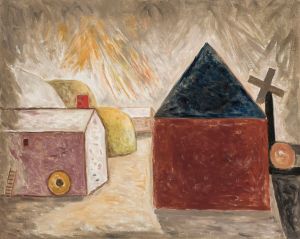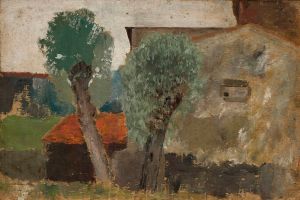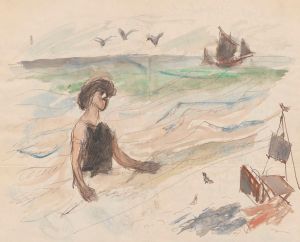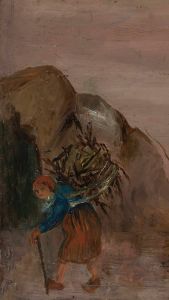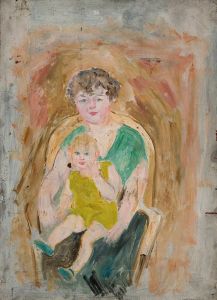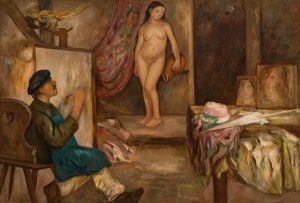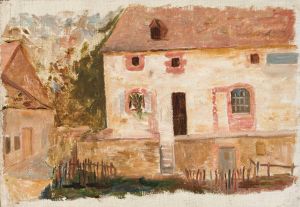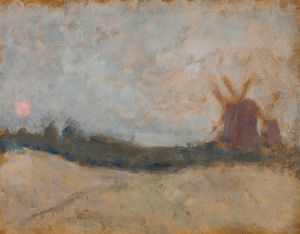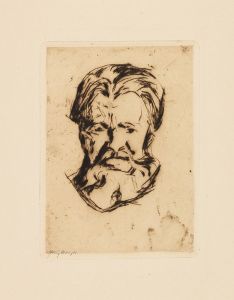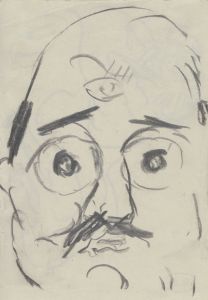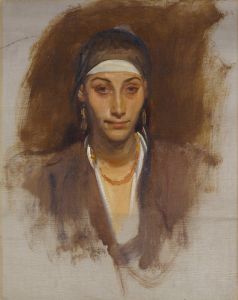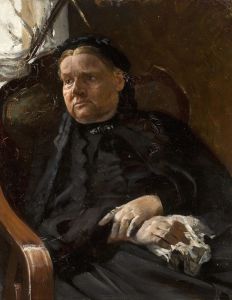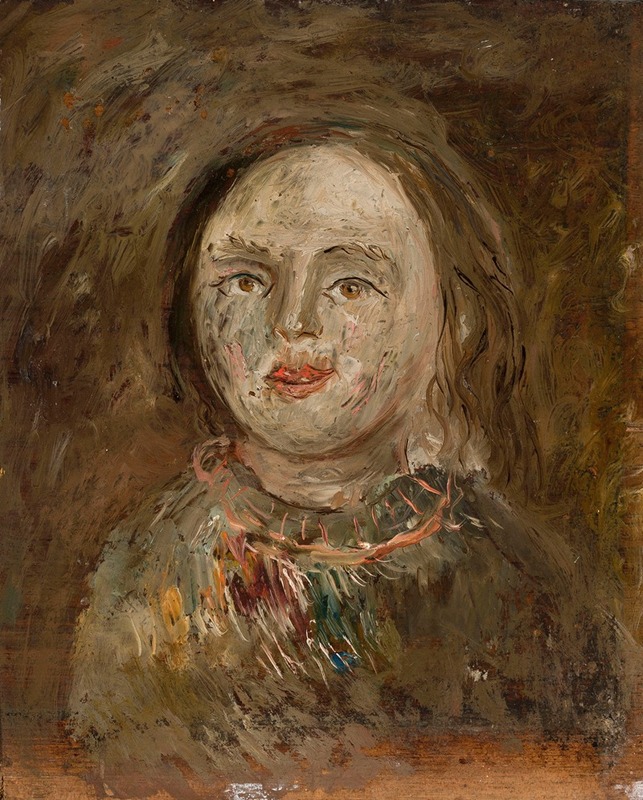
Głowa dziewczynki
A hand-painted replica of Tadeusz Makowski’s masterpiece Głowa dziewczynki, meticulously crafted by professional artists to capture the true essence of the original. Each piece is created with museum-quality canvas and rare mineral pigments, carefully painted by experienced artists with delicate brushstrokes and rich, layered colors to perfectly recreate the texture of the original artwork. Unlike machine-printed reproductions, this hand-painted version brings the painting to life, infused with the artist’s emotions and skill in every stroke. Whether for personal collection or home decoration, it instantly elevates the artistic atmosphere of any space.
Tadeusz Makowski (1882-1932) was a Polish painter known for his unique style that combined elements of folk art, cubism, and symbolism. One of his notable works is "Głowa dziewczynki" (translated as "Head of a Girl"), which exemplifies his distinctive approach to portraiture and his ability to capture the essence of his subjects with simplicity and depth.
Makowski was born in Oświęcim, Poland, and initially studied classical philology at the Jagiellonian University in Kraków before turning to art. He later attended the Academy of Fine Arts in Kraków, where he studied under prominent artists such as Józef Mehoffer and Jan Stanisławski. In 1908, Makowski moved to Paris, which was then the epicenter of the avant-garde art world. There, he became influenced by the works of Paul Cézanne and the emerging cubist movement led by Pablo Picasso and Georges Braque.
"Głowa dziewczynki" is a testament to Makowski's ability to blend various artistic influences into a cohesive and personal style. The painting depicts the head of a young girl, rendered with a simplicity that belies the depth of emotion conveyed through her expression. Makowski's use of muted colors and soft, rounded forms creates a sense of innocence and introspection. The girl's eyes, in particular, are a focal point, drawing the viewer into a contemplative gaze that suggests both vulnerability and wisdom beyond her years.
Makowski's work often featured children, and "Głowa dziewczynki" is no exception. His fascination with childhood and its associated themes of purity, simplicity, and the passage of time is evident in this painting. Unlike many of his contemporaries who were exploring abstraction and non-representational art, Makowski remained committed to figuration, albeit through a lens that was deeply personal and often imbued with a sense of nostalgia.
Throughout his career, Makowski's style evolved, but he consistently maintained a connection to his Polish roots and the folk traditions that had influenced him from an early age. This connection is evident in the way he approached his subjects, often imbuing them with a sense of timelessness and universality. "Głowa dziewczynki" reflects this approach, as the girl's features are both specific and archetypal, making her a symbol of childhood itself.
Makowski's work did not gain widespread recognition during his lifetime, but he was respected among his peers and continued to exhibit in Paris and Poland. His legacy has grown posthumously, with his paintings now held in major collections and museums, including the National Museum in Warsaw and the Musée National d'Art Moderne in Paris.
In summary, "Głowa dziewczynki" by Tadeusz Makowski is a poignant example of the artist's ability to capture the essence of his subjects with a simplicity that is both profound and evocative. The painting stands as a testament to Makowski's unique blend of influences and his enduring fascination with the themes of childhood and innocence.





